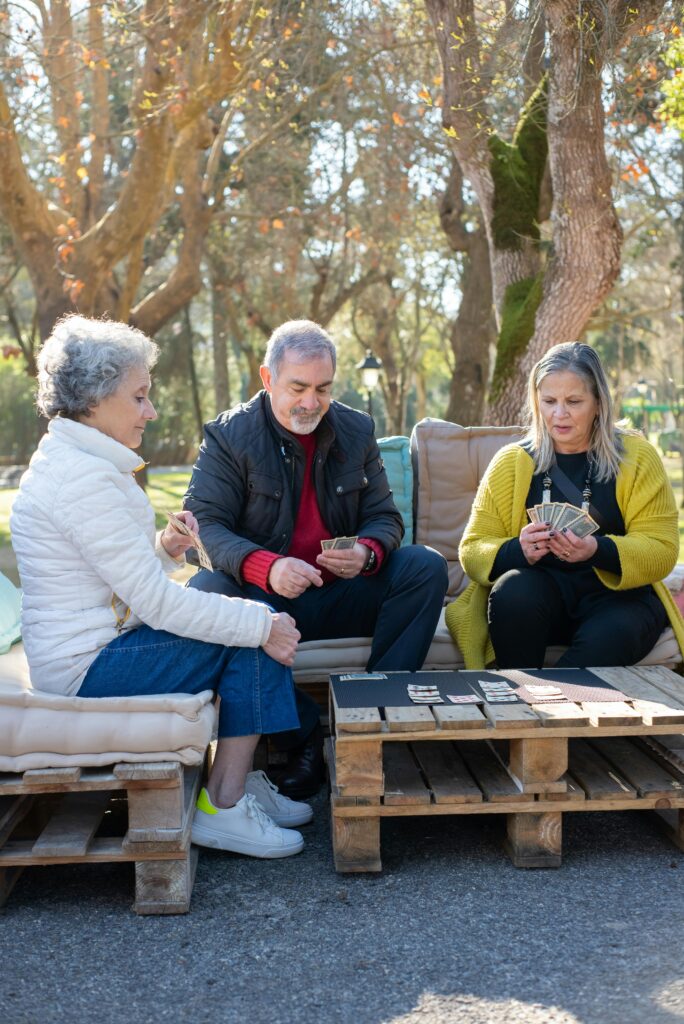Finding the right assisted living facility is a decision that requires thoughtful evaluation. Whether you are seeking care for yourself or a loved one, the goal is to identify a community that offers both comfort and support. Assisted living is designed to bridge the gap between independent living and full-time medical care, providing residents with assistance in daily activities while preserving their autonomy. With many facilities offering a wide range of services, understanding which features matter most can help guide your selection process. A well-chosen facility can enhance quality of life and provide peace of mind for both residents and their families.
Personalized Care Plans and Medical Support
A strong assisted living facility should offer personalized care plans that reflect the individual needs of each resident. These plans typically include assistance with daily tasks such as bathing, dressing, and medication management, but they should also be flexible enough to adapt as health conditions change. Facilities that conduct regular health assessments and adjust care accordingly are better equipped to provide consistent and appropriate support.
In addition to routine care, access to medical professionals is a key consideration. On-site nurses, visiting physicians, and partnerships with nearby healthcare providers can ensure that residents receive timely attention when needed. For example, The Village at Sugar Land offers a range of care levels, including memory care and skilled nursing, allowing residents to transition smoothly as their needs evolve. This type of integrated care model supports both short-term wellness and long-term health management.
Social Engagement and Recreational Opportunities
Social interaction is essential for emotional well-being, especially in older adults. Assisted living communities should provide a variety of opportunities for residents to connect, engage, and participate in meaningful activities. These may include group outings, fitness classes, arts and crafts, music sessions, and educational programs. A robust activity calendar not only helps prevent isolation but also encourages residents to maintain a sense of purpose and enjoyment.
Facilities that prioritize social engagement often have dedicated staff to plan and facilitate events tailored to different interests and abilities. Look for communities that offer both structured group activities and informal social spaces where residents can gather. According to the National Institute on Aging, staying socially active can improve cognitive function and emotional health, making this feature a vital component of any assisted living environment.
Safety, Accessibility, and Emergency Response
Safety is a foundational element of assisted living. The physical layout of the facility should be designed to minimize risks and support mobility. Features such as handrails, non-slip flooring, wide hallways, and accessible bathrooms contribute to a safer living space. Emergency call systems in each room and common area are also essential, allowing residents to quickly alert staff if assistance is needed.
Beyond physical safety, the facility should have clear protocols for emergency response, including trained staff available 24/7. Fire safety systems, secure entrances, and regular safety drills are indicators of a well-managed community. Accessibility also includes transportation services for medical appointments, shopping, and recreational outings, which help residents maintain independence while staying connected to the broader community.
Comfortable Living Spaces and Quality Amenities
The living environment plays a significant role in resident satisfaction. Comfortable, well-maintained accommodations can make a facility feel more like home. Look for options that offer private or semi-private rooms with thoughtful design features such as natural lighting, climate control, and easy-to-navigate layouts. Common areas should be inviting and functional, providing spaces for dining, socializing, and relaxing.
Amenities such as chef-prepared meals, housekeeping, laundry services, and wellness programs contribute to a higher quality of life. In communities offering senior living Sugar Land TX, residents often benefit from a blend of modern conveniences and personalized services. Outdoor spaces like gardens or walking paths, as well as indoor features like libraries and fitness centers, can enhance daily living and promote overall well-being.
Transparent Communication and Family Involvement
Effective communication between staff, residents, and families is another key feature to consider. Facilities should provide regular updates on resident health, activities, and any changes in care plans. Open lines of communication help build trust and ensure that families remain informed and involved in their loved one’s care.
Some communities offer family engagement programs, including scheduled visits, virtual check-ins, and participation in events. Transparency in policies, pricing, and care procedures is also important. When evaluating a facility, ask about how they handle feedback, concerns, and transitions in care. A commitment to clear communication reflects a resident-centered approach and supports stronger relationships between all parties involved.
Conclusion
Selecting an assisted living facility involves more than choosing a place to live—it is about finding a supportive environment that meets physical, emotional, and social needs. By focusing on personalized care, engaging activities, safety features, comfortable living spaces, and transparent communication, you can make a more informed decision. These key features help ensure that residents receive the care they need while enjoying a fulfilling and dignified lifestyle. Taking the time to explore your options thoroughly can lead to a better experience for everyone involved.



